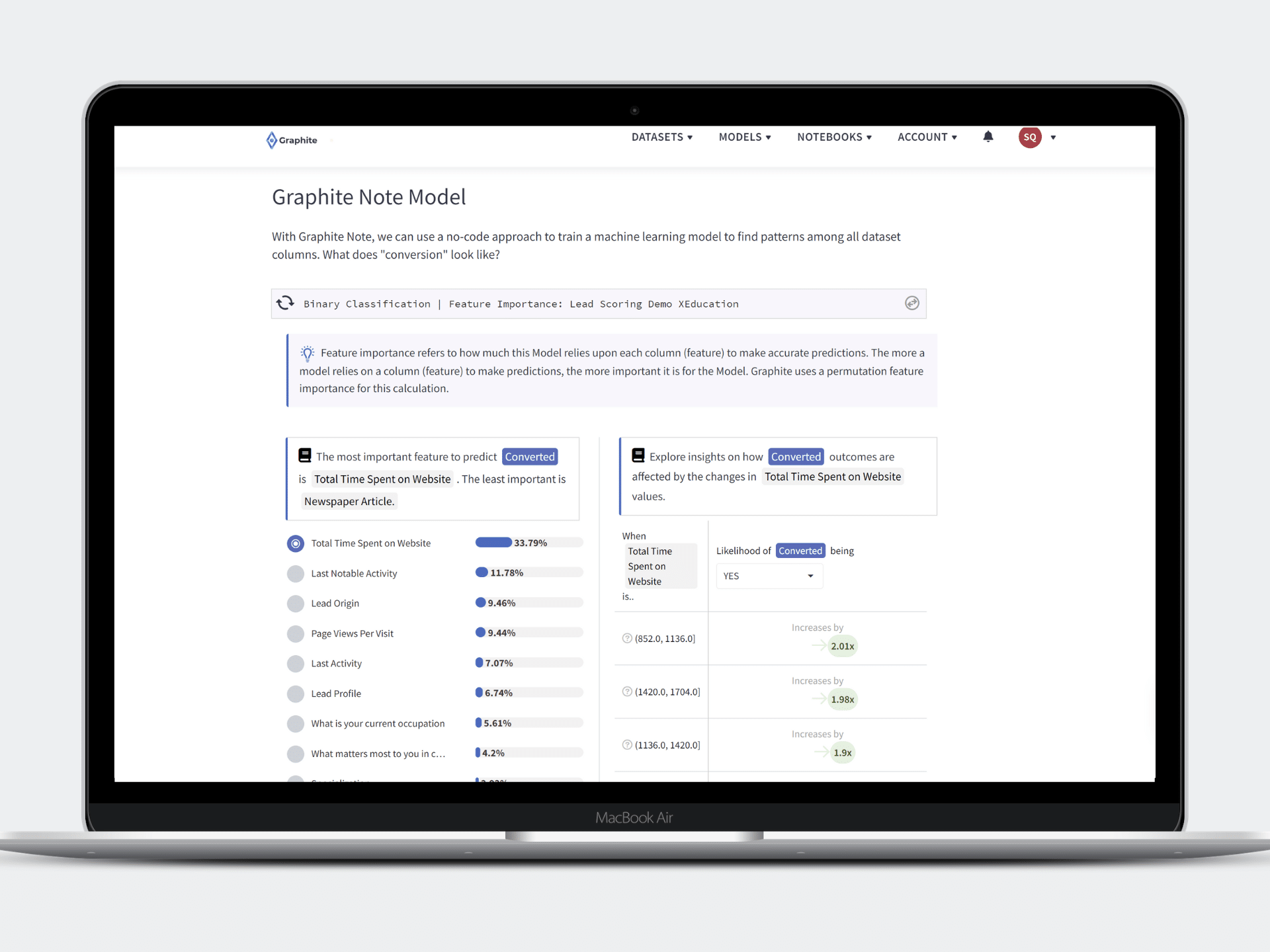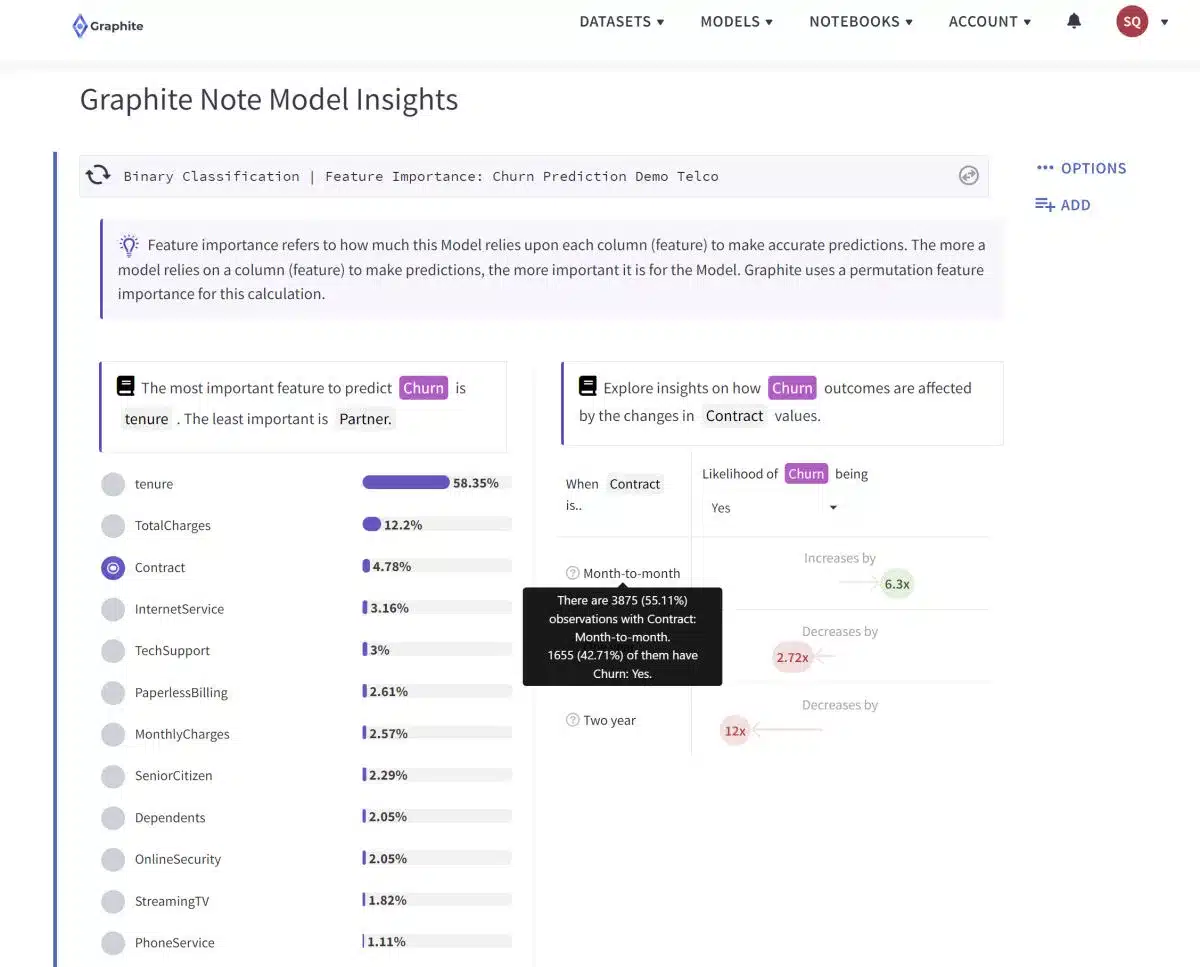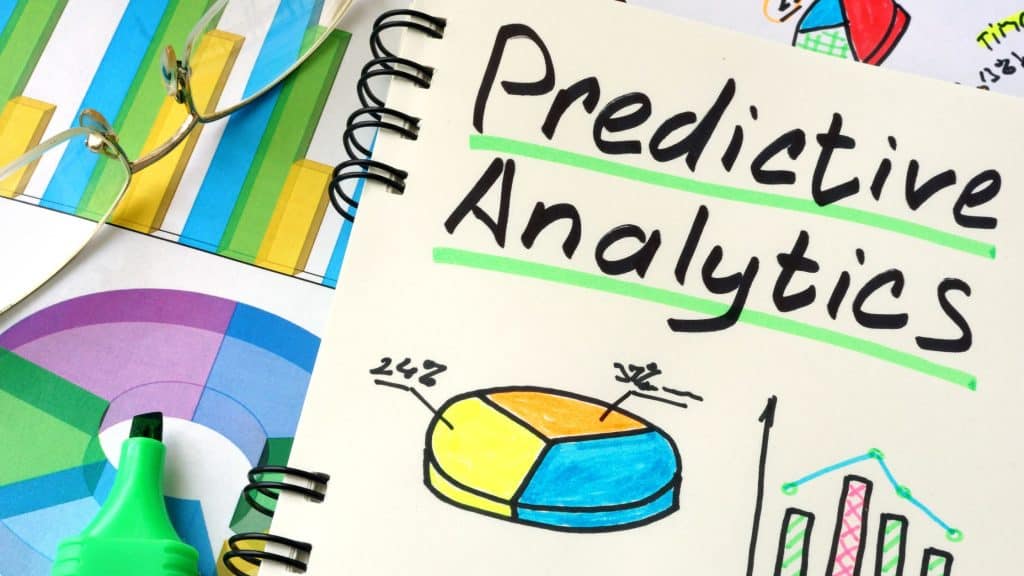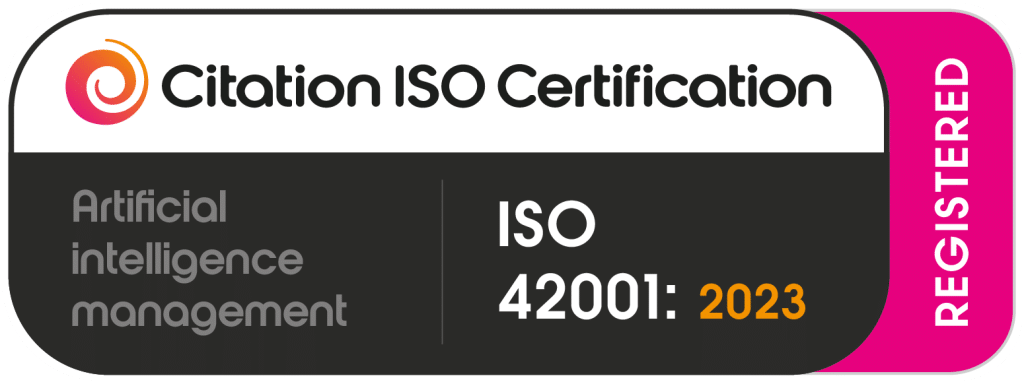Predictive analytics has become an essential tool for your marketing. With advanced statistical methods, predictive analytics helps you gain insights into customer behavior. Predictive modeling helps you make more informed marketing decisions. Predictive analytics can drive your marketing efforts to new heights.
Understanding Predictive Analytics in Marketing
Predictive analytics extracts information from historical data, statistical models, and machine learning algorithms. Predictive analytics identifies patterns and predicts future outcomes. Predictive analytics techniques enable you to analyze vast amounts of data. You can make informed decisions, anticipate risks, and optimize your operations. Predictive modeling is highly useful for supporting your marketing strategy. Predictive analytics enables you to anticipate customer behavior, and segment your audience. You’re equipped to personalize your marketing campaigns for maximum effect.
Defining Predictive Analytics
Predictive analytics involves applying statistical modeling, statistical techniques, and algorithms to historical data. Predictive analytics then uncovers relationships and makes predictions about potential outcomes. Predictive analytics tools extract meaningful patterns from data. Predictive analytics uses the patterns to forecast outcomes with a degree of certainty. Predictive modeling enables you to predict customer behavior and identify trends. Predictive analysis helps you tailor your marketing strategies, using data science. Predictive modeling gives you great insight into potential future trends, customer behavior, supply chain needs, and customer journeys.

The Process of Predictive Analytics
Here’s how predictive modeling helps you support your marketing strategies. These steps transform raw data into actionable insights. Using these insights, you can drive marketing strategies and improve business outcomes.
- Data collection and processing: This step involves collecting relevant data from various sources. This includes structured data and unstructured data. These different types of data sets are called input variables. The input variables are collected using various methods. Once collected, the data goes through a rigorous processing phase. During data processing, the collected data is cleaned, transformed, and organized for analysis. Inconsistencies and errors are removed, data formats standardized, ensuring data quality. The processed data is then stored in a data warehouse or a data lake, ready for further analysis.
- Data exploration and analysis: Data exploration involves understanding the characteristics and patterns present in the data. This is done through various techniques. These include data visualization, statistical analysis, and data mining. Data analysis involves applying predictive modeling techniques to the data sets. Predictive modeling techniques create models that make accurate predictions based on historical data. This involves selecting the appropriate algorithms, training the models, and fine-tuning them. Data scientists and analysts use advanced statistical methods and machine learning algorithms to uncover hidden insights and patterns in the data. They identify key variables and factors that influence the outcomes. They develop predictive models that can forecast future events or behaviors. The machine learning algorithms analyze a range of variables. These include customer demographics, purchase history, browsing behavior, and engagement metrics. A model might predict which customers are most likely to churn. A machine learning model could also predict which products are likely to be popular in an upcoming season. You could use machine learning models to support your supply chain planning too. When a new trend is identified, you can adjust your product catalog to respond to consumer interest.
- Implementation and maintenance: Implementing predictive analytics involves integrating the models into existing marketing systems and ensuring seamless data flow. This requires collaboration between data scientists, marketing teams, and other stakeholders. The models need to be deployed in a production environment, where they can receive real-time data and generate predictions. The models need to be continuously monitored, updated, and retrained. This keeps the model adaptable to changing data patterns and optimizes performance. Monitoring systems are used to track the model’s performance and accuracy. If the model’s performance deteriorates or new data patterns emerge, the model needs to be updated or retrained. This enables a high level of effectiveness. Predictive analytics models need to be regularly evaluated. This evaluation helps identify any areas for improvement. Regular evaluation ensures that the models are aligned with the organization’s goals and objectives.
- Inform your marketing strategies: Taking the insights from this predictive analysis, you can shape your marketing strategies. You can segment your audience based on predicted behavior. You can personalize your messaging and offers. You can optimize your marketing channels to reach the right customers at the right time. You can similarly optimize pricing and promotions. Predictive analytics can help you identify the most profitable customer segments. You can then allocate your resources towards supporting those customer journeys.
What Makes Predictive Analytics Important in Marketing?
Staying ahead of the competition is important for your business. Predictive analytics enables marketers to gain a competitive edge. Predictive modeling helps to identify the most effective marketing channels. Predictive analysis helps you optimize your customer journey touchpoints. Predictive modeling helps you improve marketing campaign performance. Predictive analysis helps you identify which marketing channels have yielded the highest conversion rates in the past. This helps you allocate your marketing budget effectively. Predictive analysis helps you focus your efforts on the channels that are most likely to generate results.
Predictive analytics can help optimize customer journey touchpoints. Predictive modeling helps you understand your customer’s path to purchase. This empowers you to identify potential bottlenecks or areas for improvement. For example, your data may show that customers often drop off during the checkout process. You can then implement strategies to streamline the process and reduce friction.
Predictive analytics enables you to improve marketing campaign performance. Predictive models analyze past campaign data and customer responses. Your marketing team identifies which elements of their campaigns have been most successful. They are then equipped to replicate those strategies in future campaigns. This iterative approach enables you to continuously improve your marketing efforts. In the end, this leads to better results over time.
Benefits of Predictive Analytics in Marketing
Using predictive analytics for your marketing is highly beneficial. We have outlined some key predictive analytics examples below too. These benefits include:
Improved Customer Targeting
Predictive analytics enables you to accurately identify potential customers. Analyzing customer data and behavior patterns, you can use predictive analysis to create customer segments. This helps you personalize marketing campaigns to resonate with each segment’s preferences and interests. Predictive modeling enables improved targeting and higher conversion rates.
For example, a business wants to promote a new line of athletic shoes. Through predictive analytics, they can analyze customer data to identify people who are interested in athletic shoes. The business can then shape their marketing message specifically to this segment. That increases the likelihood of attracting potential customers and driving sales.
Predictive analytics can help you identify emerging trends or preferences. Analyzing data analytics from various sources such as social media, online forums, and customer surveys, you can stay ahead of the curve. When predictive modeling helps you identify a trend, you can adapt your marketing strategy. This proactive approach gives your business a competitive edge in the market.
Enhanced Marketing Efficiency
Predictive analytics enables marketers to optimize marketing efforts and allocate resources. Analyzing marketing channel performance, you can start to focus your strategies on ones that yield the highest returns. This enhances your marketing efficiency, operational efficiency, and improves cost-effectiveness.
For example, a business runs multiple marketing campaigns across various channels. Using advanced analytics, they can determine which channels generate the most leads or conversions. The business can reallocate resources to the most effective channels. This maximizes their marketing budget and achieves better results.
Predictive analytics can also help you optimize their marketing messages. Analyzing customer response data, you can identify which elements of your marketing campaigns resonate best with your target audience. You can refine your messaging and create more compelling content. As your content resonates better with your audience, that drives engagement and conversions.
Increased Revenue Opportunities
Using predictive analytics, you can identify upselling and cross-selling opportunities. Your marketing team can analyze customer behavior and purchase history. They can then strategically recommend additional products. These products align well with your customers’ needs and preferences. Targeted recommendations increase customer satisfaction and boosts revenue opportunities.
One of our favorite predictive analytics examples is the effect it can have on e-commerce. An online retailer can use their business analytics to analyze customer purchase history. Predictive modeling helps them identify products that are frequently bought together. The store can recommend complementary products to customers during the checkout process. The marketing team could create personalized email campaigns too. The retailer can increase the average order value and generate additional revenue.
Predictive analytics can help you identify potential customer churn risks. When you know the risk factors, you can take proactive measures to keep your customers. Analyzing customer behavior patterns enables you to identify early warning signs of dissatisfaction. You can then create targeted retention strategies to keep your customers. This reduces customer churn, increases customer loyalty, and customer lifetime value.
Challenges in Predictive Analytics Marketing
Predictive analytics brings immense value to marketing efforts. There are a few challenges that you need to navigate to reap its full benefits.
Skills and Talent
There is a global shortage of data scientists and data analysts. You need to invest in training and development programs to upskill your team. You can consider using no-code predictive and prescriptive analytics tools like Graphite Note.
Data Privacy Concerns
Your business needs to strike a delicate balance between unlocking valuable insights and maintaining customer privacy. You must adhere to data protection regulations, communicate transparently with users, and implement stringent privacy measures to build trust with their customers. Privacy concerns are a significant consideration in the era of data-driven decision-making. Organizations must ensure that the data they collect is used ethically and responsibly. By being transparent about how data is collected, stored, and used, you can foster trust and maintain a positive relationship with your clients.

Limitations of Predictive Analytics
Predictive analytics does have its limitations. Predictive models can provide valuable insights. They are, however, based on historical data and assumptions. These may not always accurately predict future outcomes. You must monitor, test, and refine your predictive models. This helps to ensure accuracy and cater for changing customer behavior.
Graphite Note is a no-code predictive and prescriptive analytics tool.
Graphite Note empowers businesses to harness the power of predictive analytics. You don’t need technical expertise or a team of data scientists. Graphite Note simplifies data analysis and model building. Graphite Note enables marketers to make data-driven decisions, optimize marketing strategies, and drive measurable results. Stay ahead of the curve, embrace the power of data, and drive your marketing efforts to new heights!





